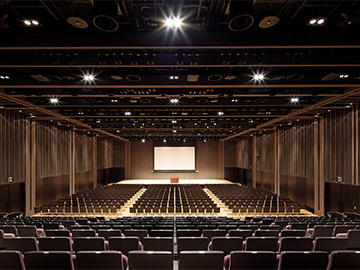Cultural Experiences
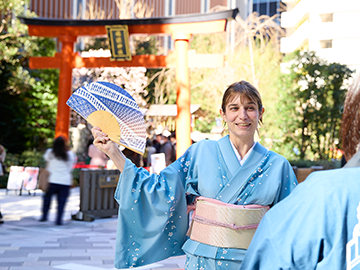
Cruises
Nihonbashi is connected through the Nihonbashi River to some of Tokyo’s major waterways, including the Kanda and Sumida Rivers — each boasting its unique character and a variety of excursions to offer. Hop on a cruise to discover views of not only the city’s famous bridges but also the ever-changing cityscape, both by day and by night. Popular among visitors, these cruises often sell out quickly, especially during peak seasons.
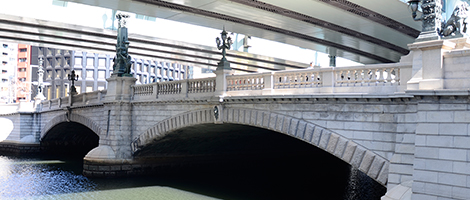
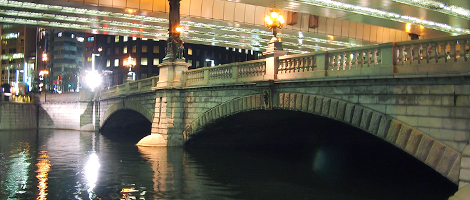
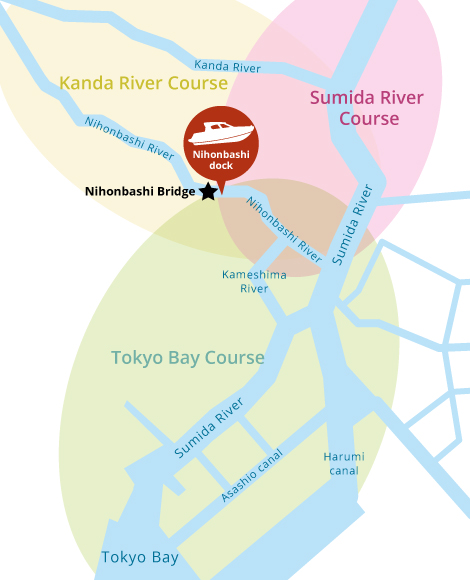
Nihonbashi River Course
The current iteration of the symbolic Nihonbashi Bridge was built in 1911, and is the 20th version. The Japanese word for bridge is hashi, which can also be written as 8 (ha) and 4 (shi). Multiply these numbers together and you get 32, the total number of lion statues built on the bridge. See if you can find them all!
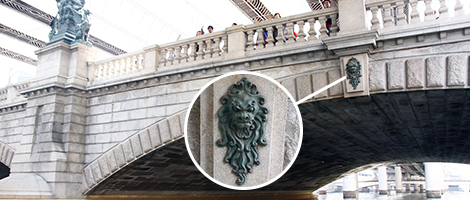
The cruise also gives a unique view of the largest bridge crossing the Nihonbashi River, the Edobashi Bridge, as it passes underneath it. Depending on the tide, you can almost touch the underside of the bridge.
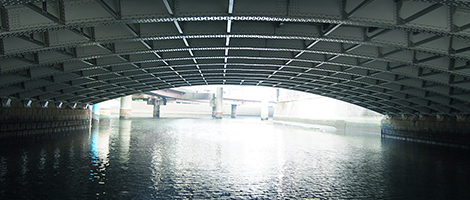
Sumida River Course
Eitaibashi Bridge and Kiyosubashi Bridge were built in the reconstruction after the Great Kanto Earthquake of 1923. Their elegant, graceful designs were modelled on German suspension bridges, and in 2007 they were designated Important Cultural Properties.
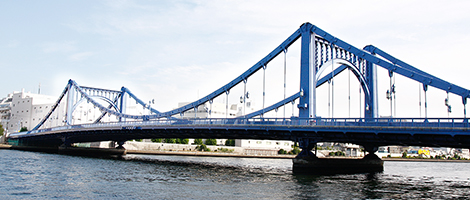
As you pass under Kiyosubashi Bridge, if you look upwards you’ll see that the steel frame under the bridge is surprisingly colorful! In the picture on the right, you can see the night cruise and glittering night view visible from the boat.
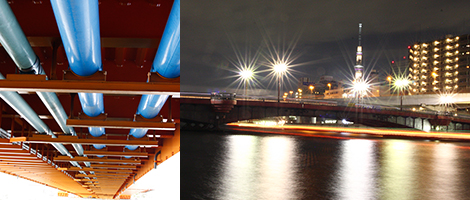
Tokyo Bay Course
The Chuo-Ohashi Bridge connects Chuo City’s Shinkawa with Tsukuda. You can see Eitaibashi Bridge in the distance. In the center of the Chuo-Ohashi Bridge is a stone statue called ‘Le Messager,’ gifted from Paris in commemoration of the Sumida River and the Seine becoming ‘friendship rivers’ in 1989.
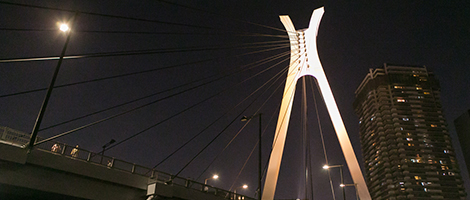
The Kachidokibashi Bridge straddles the Sumida River, and was completed in 1940, intended to be utilized as the main entrance to the Japan World Exposition in Tsukushima. It was designed to showcase Japan’s sense of style, and was created using cutting-edge technology from Japan. It is also a designated Important Cultural Property.
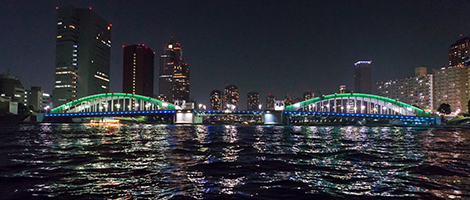
The Nihonbashi Boarding Dock
The Nihonbashi Boarding Dock was built in 2011 at the foot of Nihonbashi Bridge to celebrate the current stone bridge’s 100th year. The large posts you can see in the picture on either side of the boarding dock are reproductions of the ornamental railing tops from when it was a wooden bridge. Various companies currently offer river cruises, and the Nihonbashi Boarding Dock is used by around 50-60,000 people per year. Many visitors come to enjoy the cruises, and in March 2016, the number of people who have used the Nihonbashi Boarding Dock passed 300,000!
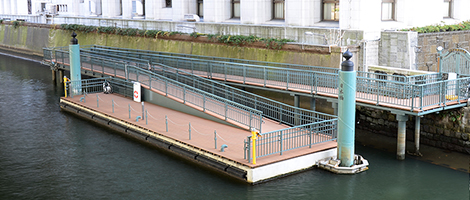
Access
Mitsukoshimae Station (exit B6) on the Hanzomon or Ginza Line, 1 min by foot,
or Nihombashi Station (exit B12) on the Tozai or Ginza Line, 2 mins by foot.
Cruise Companies
Limousine Boat (Up to 11 people)
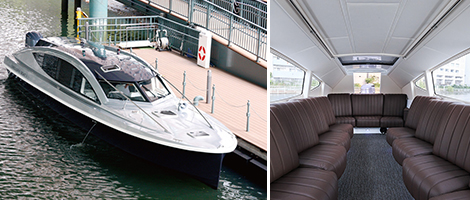
Riverboat Mizuha (Up to 12 people)
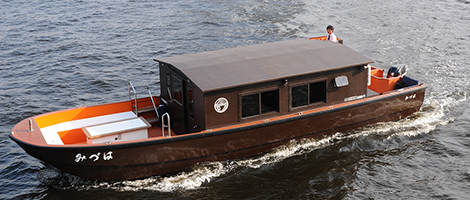
Edoventure Cruise (Up to 10 people)
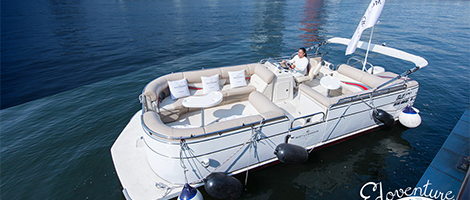
Theaters
Meijiza Theater
The longest-running theater in Tokyo, the Meijiza Theater boasts 140 years of history and tradition spanning the Meiji, Taisho, Showa, and Heisei eras. An entertaining array of shows are performed daily, including kabuki, samurai period pieces, and performances by singers.
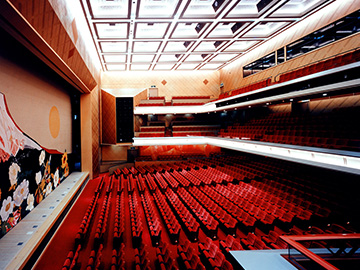
Nihonbashi Mitsui Hall
Nihonbashi Mitsui Hall is located in Coredo Muromachi 1, with direct access to the Tokyo Metro Mitsukoshimae subway station. The approximately 700 square meter space can hold up to 690 guests seated, or up to 1,000 for a stand-up event. In addition to concerts and live theater, the entire hall can accommodate interactive exhibits, sometimes featuring kabuki, rakugo, and traditional storytelling performances.
